Pettifers: The breathtaking Oxfordshire garden born from the impeccable instincts of Gina Price
An Oxfordshire garden famous for its high summer and autumn borders sparkles with just as much interest and invention earlier in the year. Tiffany Daneff visits Pettifers. Photographs by Clive Nichols.
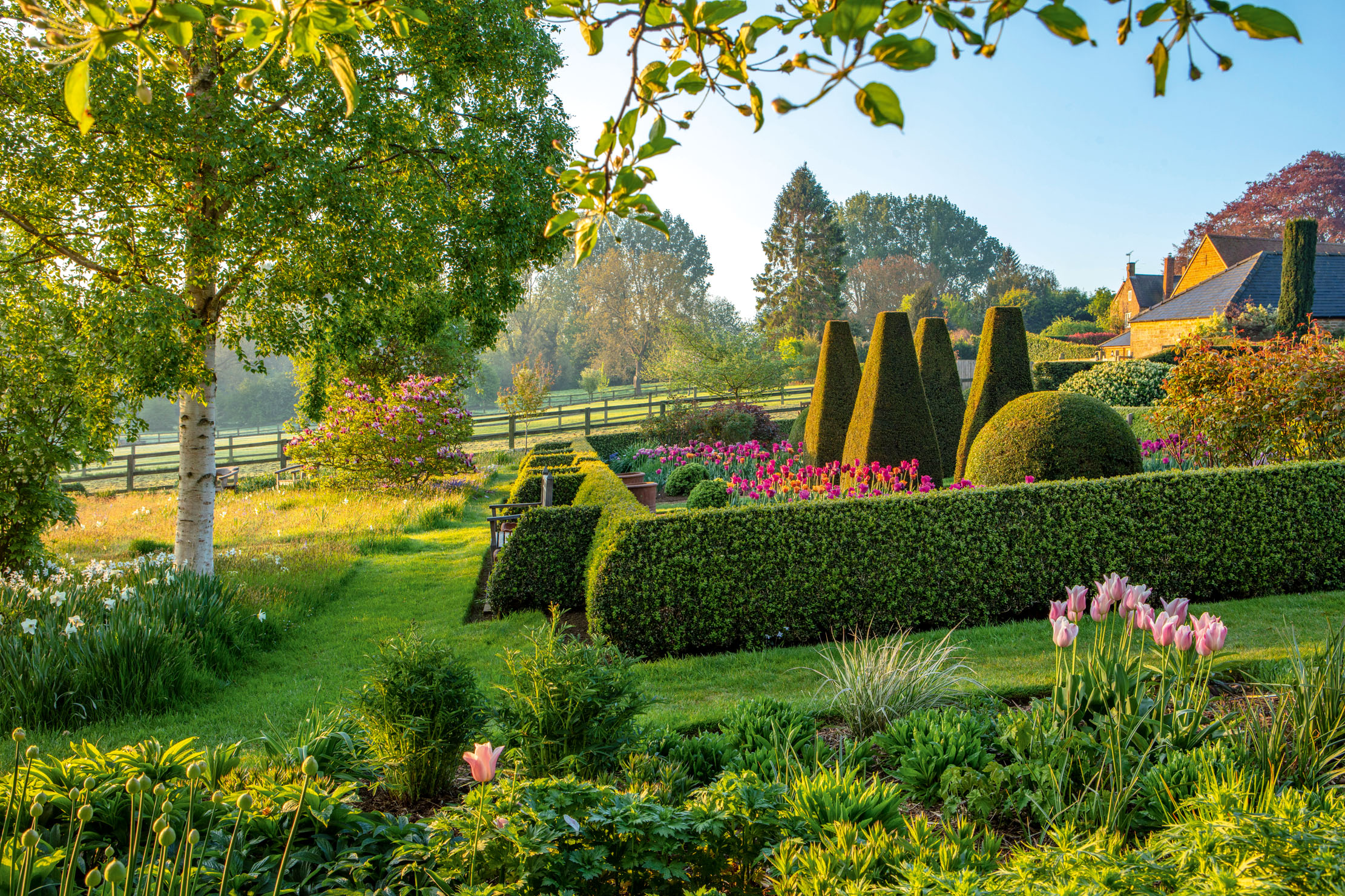
It is a lovely irony that one of the most celebrated gardens made in the past two decades was designed by someone who had never created a garden before. The resulting originality explains why Pettifers, the Oxfordshire garden created by Gina Price, is such a treat, drawing visitors from far and wide.
No detailed plans were drawn up. Mrs Price simply followed her instincts and, with a natural eye for what works and what doesn’t, looked at what she had in front of her. The vista included walls of warm ironstone — more orange than the familiar buff Cotswold limestone — and an open view over small, hedged fields that sloped gently uphill towards a softly undulating tree line.
Despite the wonderful aspect, however, this isn’t a particularly easy spot on which to arrange a garden, due to the fact that it sits on the edge of a village where other houses encroach and plots have had to be carved out, in this case creating a dominant rectangular shape.
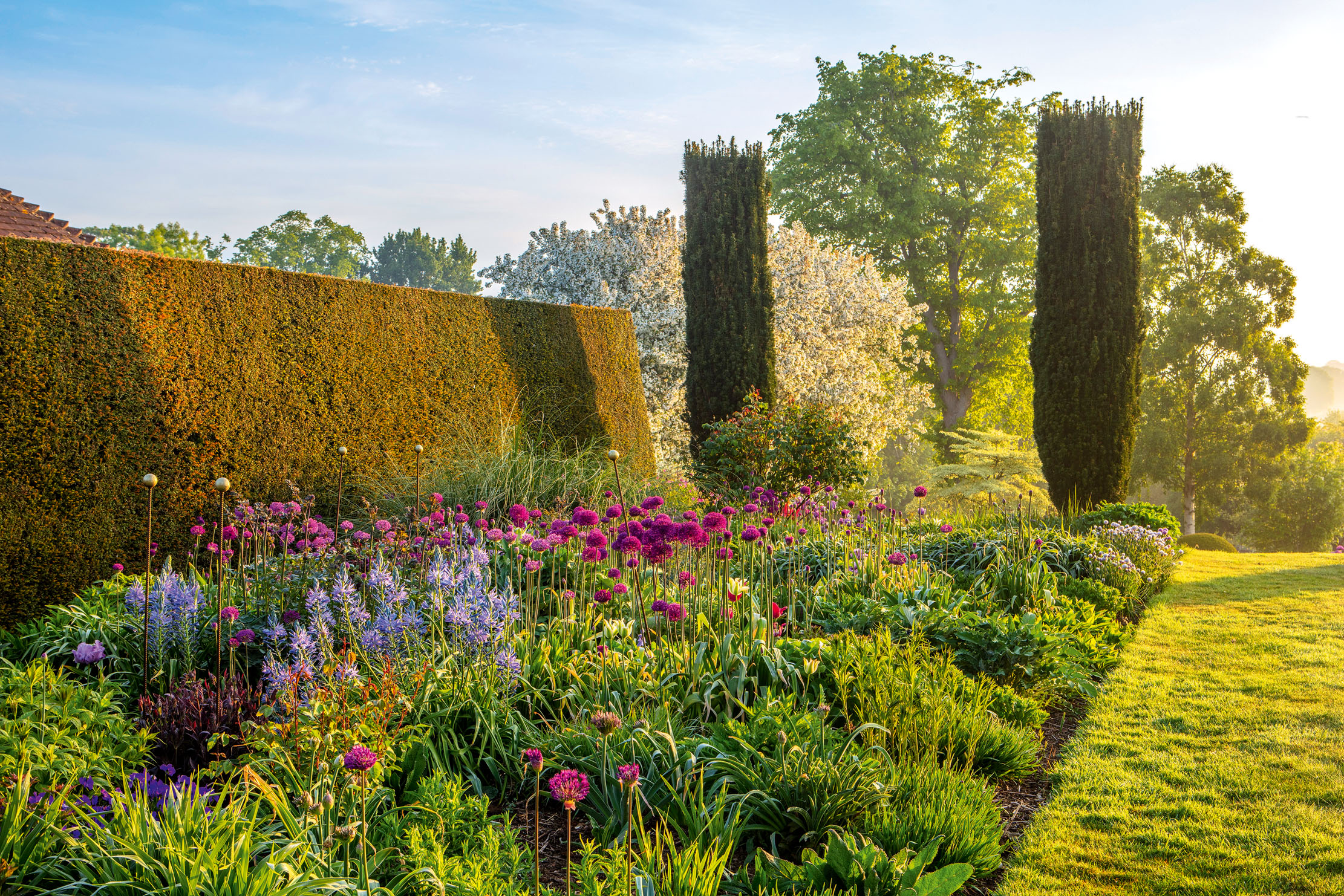
The moment one walks through the William Kent-style arch in the outer wall and into the garden proper, everything is laid out before you. Almost on cue, the inconstant eye skips over the original Arts-and-Crafts borders nearest the house and is lured swiftly across the long green lawn to the almost black forms of the columnar yews at the far end of the garden. The brilliance of Pettifers is how the generous borders to the left and, especially, the right of the lawn reinforce that vital impression of width and space that pulls the eye back into the belly of the garden.
Rather than trying to fight against the shape of the upper garden, Mrs Price chose to work with it. At the end of the lawn, a few steps lead to the lower garden, where a second rectangle, this time turned 90 degrees so that it lies at right angles to the lawn, is edged with box that is immaculately clipped, once a year in July, by her great help, the incomparable gardener Polly Stevens.
There are two important sections in this lower area: the Klimt Border, backed by a row of malus, which has been designed to provide a continuous contrast of foliage shapes, and the Autumn Border. This is perhaps Mrs Price’s favourite and it glows in late autumn with feathery stands of Miscanthus sinensis ‘Yakushima Dwarf’. The genius of this garden is the marriage of artistry and horticulture, providing for the needs of the plants and, at the same time, satisfying the often very different demands of the whole design.

The autumn borders with their towering perennials are justly famous, but it is in spring that the visitor is able to see how the garden is knitted together and to appreciate the interconnectedness of the planting, the repetition of leaf form and colour, how key plants are threaded through the beds and how important is their selection. It is rare to find a garden so satisfying both at creating drama and in paying proper attention to the detail. Interestingly, the one thing that Mrs Price requires is that a border is first given a name or theme. Once that is decided upon, she says, choosing the plants will follow.
Sign up for the Country Life Newsletter
Exquisite houses, the beauty of Nature, and how to get the most from your life, straight to your inbox.
Again, quite improbably, given the variety and choice selection of plants, Mrs Price was no horticulturalist when she moved here in 1984. On the other hand, she held two trump cards in having as her great friends the sisters Diany Binney and Betsy Muir from nearby Kiftsgate Court — two ‘rather fierce’ ladies not afraid to give their opinions from the vantage point of the seats in Pettifer’s wildflower meadow at the far end of the garden.
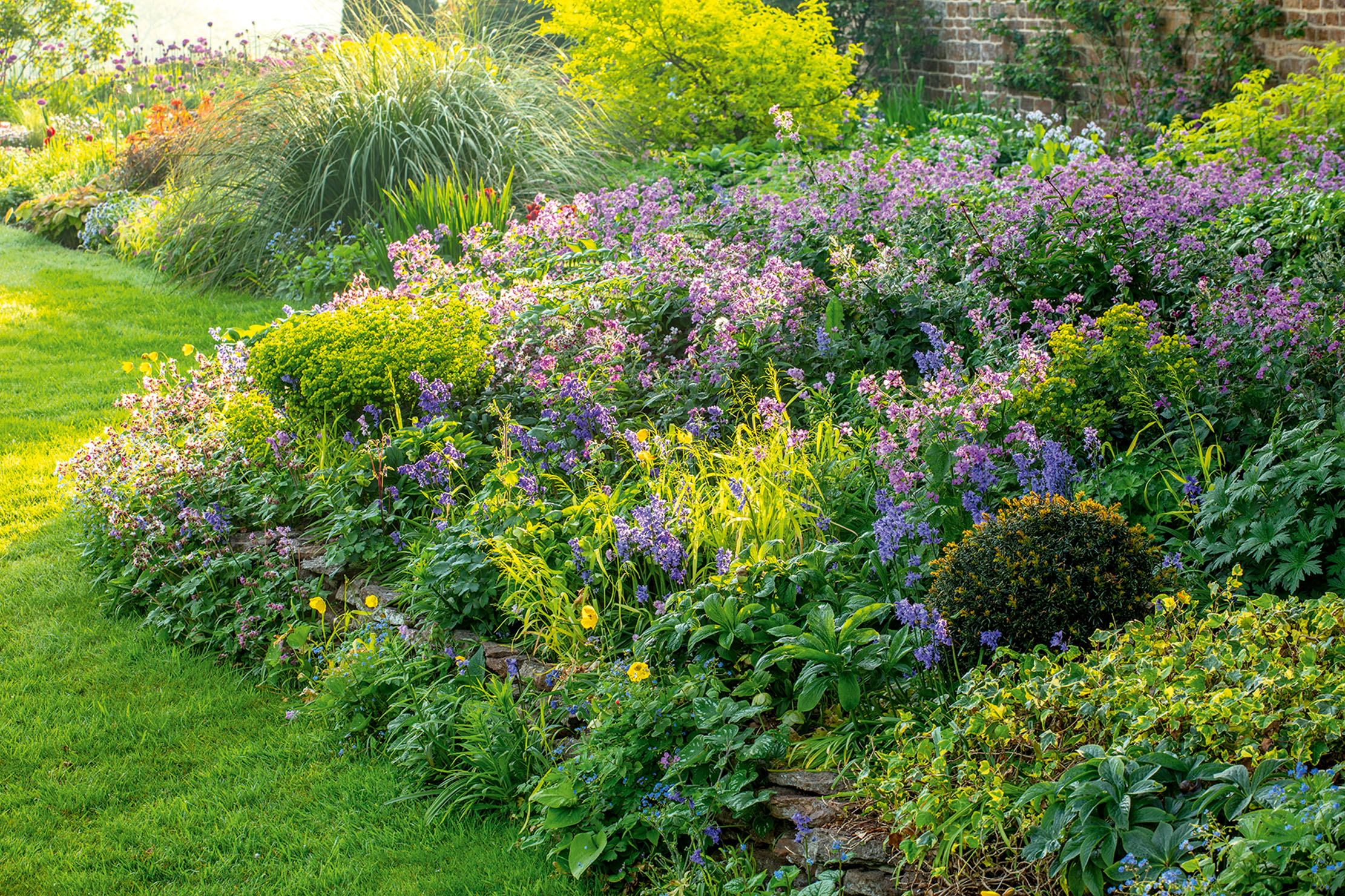
‘I remember showing them a photograph of that border,’ Mrs Price says of the right-hand bed beyond two mature yews, ‘and Diany saying “you can’t be very proud of that. It’s so mingey”.’ It’s a story she tells the many visitors who come to learn how she created these stupendous borders. ‘In those days, it was all garden rooms and, when Diany said I needed to put a hedge at the bottom, I went very quiet, which is what I do when I disagree with something.’
Over the years, a growing number of friends have also offered much useful advice and many treasured plants and so, like a good book shelf, the garden is threaded through with memories.
Mrs Price didn’t and doesn’t, she says, get everything right. (How rare to hear such an admission, and how laudable.) Her first attempt at the left-hand border, which she had planted in the 1990s with things such as hebes, looked so old fashioned that, with hindsight, she ripped it out. She also took out the old berberis hedge. ‘Polly says I am very unsentimental, because I am always ripping things out.’
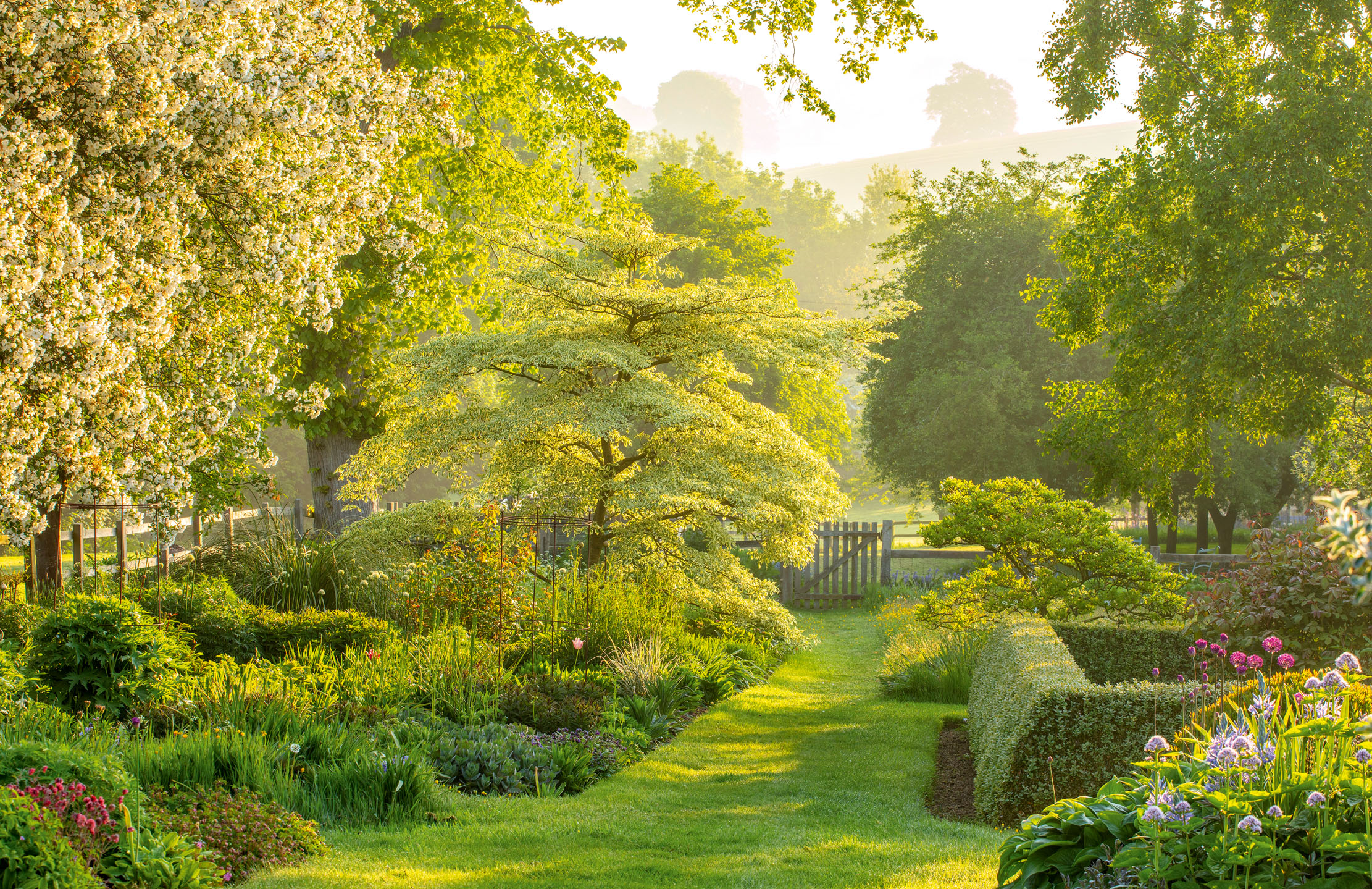
There used, for example, to be roses in the beds nearest the house. ‘But I don’t like looking at thorny roses in winter,’ reflects Mrs Price, so out they came. These areas have since been planted with geraniums, epimediums, astrantia and plants such as sarco-cocca, which continue to provide good leaf after the flowers have gone, so there is something to look at out of the windows, whatever the season. Into the low stone walls that break up the top terraces and were here when she moved to Wardington, Mrs Price has tucked a number of sedums and the crimson-tinged buttons of early growth perfectly offset the weathered stone.
The Akebia quinata that grew against the wall has been replaced with Rosa ‘Keith Maughan’, granted a pass as it flowers twice and has a nice glossy leaf. ‘I am quite anti-rose. Everything here flowers twice, except the geraniums.’ Many plants are presents or have people or places attached to them. Victoria Wakefield at Bramdean gave the Valerian phu ‘Aurea’, with yellow spring leaves that turn green by the time the clusters of white fluffy blooms appear in early summer. Mrs Price saw the Bupleurum fruticosum growing wild in France and sought it out for the garden, where it has proved a very good evergreen.
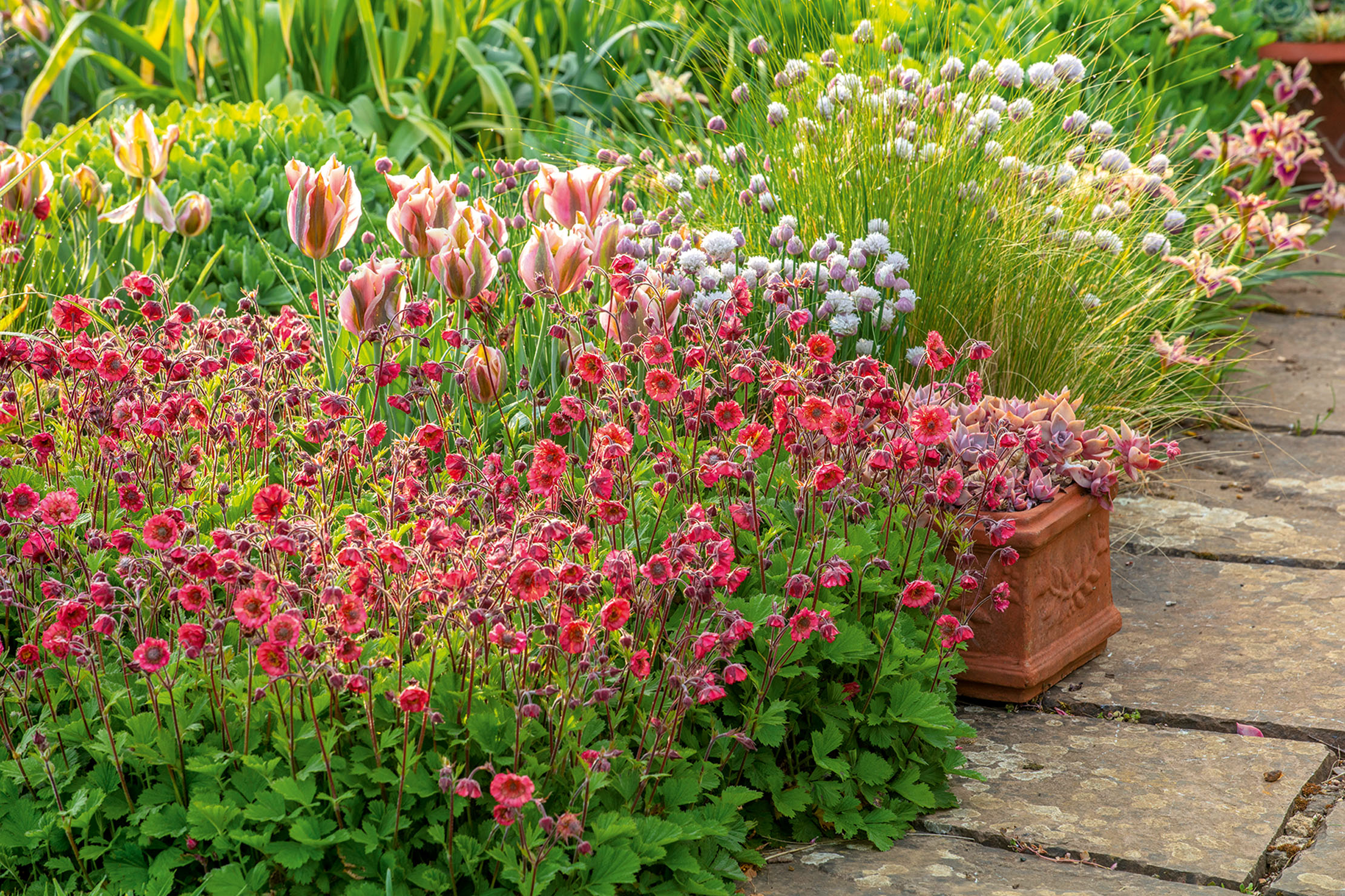
Even today, with decades of experience under her belt, she is charmingly matter of fact when discussing both the many rare and special plants in her garden, but also how she put them together. ‘I don’t make plans,’ she explains. ‘I take a couple of things that look good together and then work around them.’
It goes without saying that plants are always in the right place. In the deep, dry shade under the two yews is a prime example. Here, nothing will grow except Geranium macrorrhizum and honesty, so that is what is planted. But in the adjacent bed, where the sun shines for most of the day and there is room for threading and repeating plants, it’s clear how the scheme has evolved.
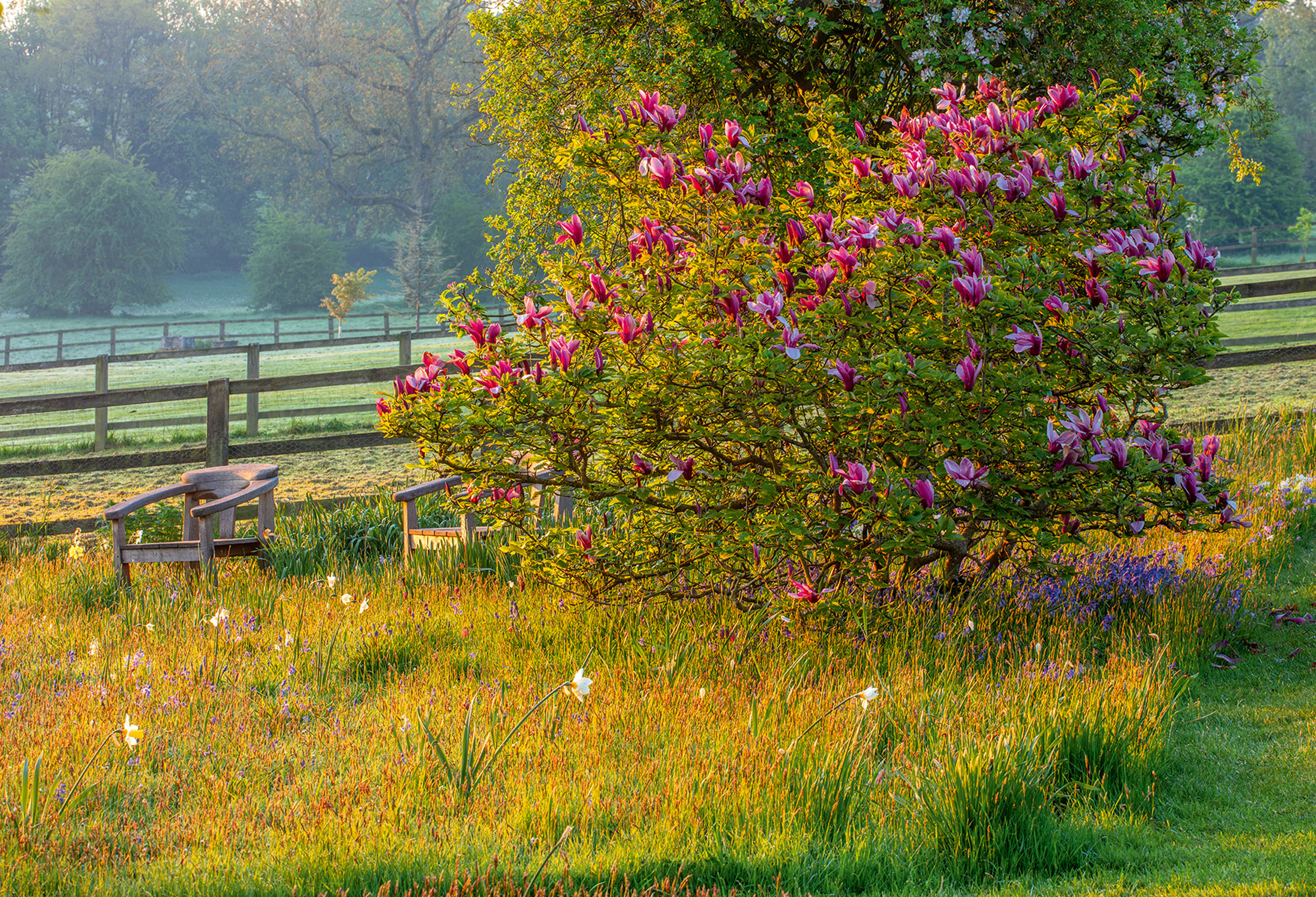
One example serves to show her methods. Euphorbia ‘Fern Cottage’, a very fine form rather like E. ‘Fireglow’ in its orange detailing, was given by a friend in Cumbria. Mrs Price has planted it with the delicate, but surprisingly tough woodlander Epimedium barley ense and beyond these are two orange geums: ‘Bell Bank’ and ‘Flames of Passion’. Once the doll-like russet blooms of the epimedium fade, the excellent lime-green heart-shaped leaves hold the interest. It’s a perfect triumvirate, providing satisfying echoes of colour and shape that are referred to elsewhere in the garden, helping to bring the whole scheme together in a most satisfying manner.
No wonder that so many visitors continue to flock here and to return again and again, drinking in all that has been achieved.
Find out more and enquire about visits at pettifers.com

The fascinating story behind the world's most beautiful, blissful avenues of trees
Our fascination with avenues of trees is near-universal to mankind and stretches back four hundred years. Mark Griffiths takes a
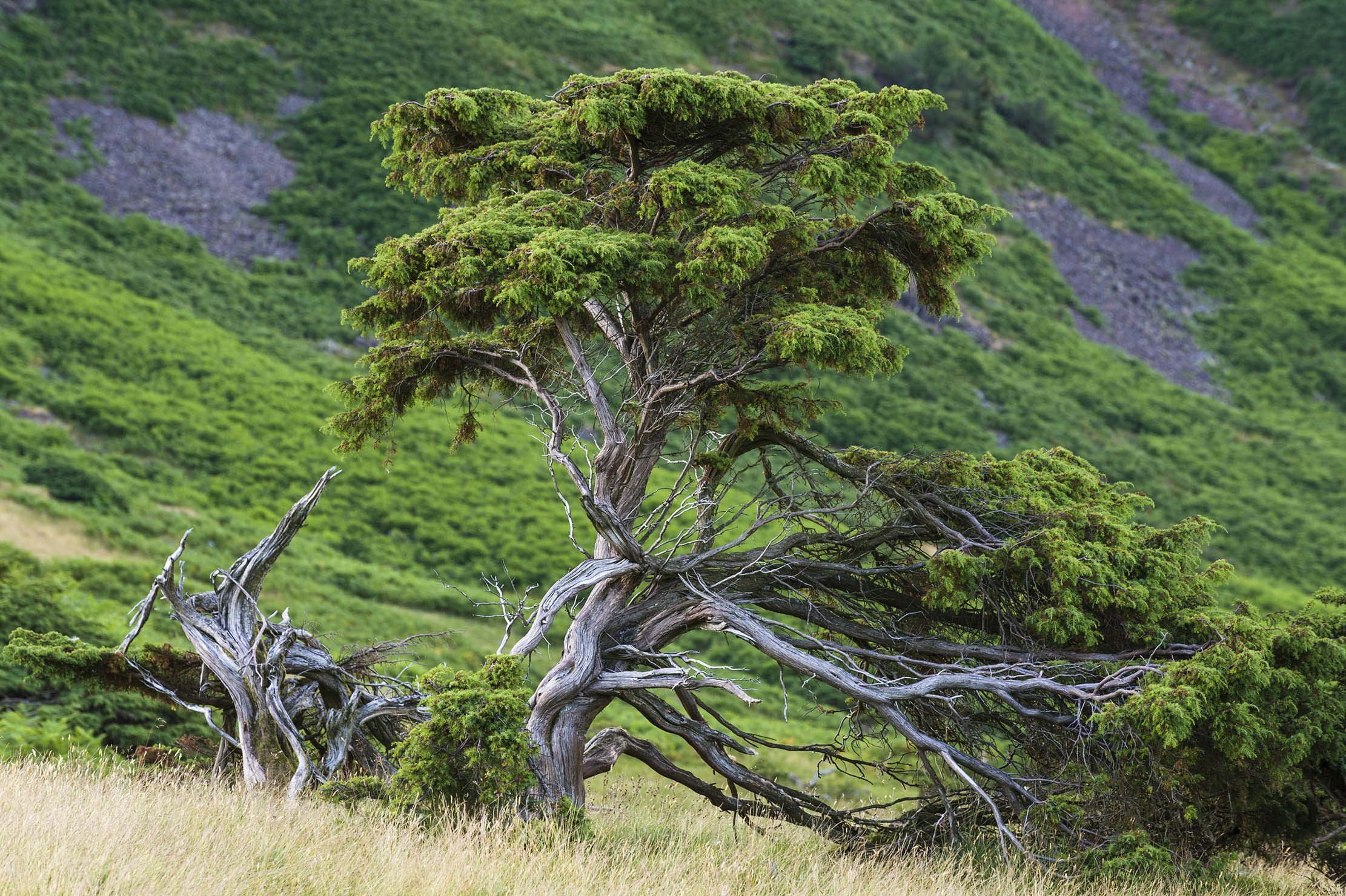
Curious Questions: Why is gin flavoured with juniper?
The prickly juniper bush has been in decline for decades, a worrying development at a time when gin is soaring
-
 'Monolithic, multi-layered and quite, quite magnificent. This was love at first bite': Tom Parker Bowles on his lifelong love affair with lasagne
'Monolithic, multi-layered and quite, quite magnificent. This was love at first bite': Tom Parker Bowles on his lifelong love affair with lasagneAn upwardly mobile spaghetti Bolognese, lasagne al forno, with oozing béchamel and layered meaty magnificence, is a bona fide comfort classic, declares Tom Parker Bowles.
By Tom Parker Bowles
-
 Country houses, cream teas and Baywatch: Country Life Quiz of the Day, April 24, 2025
Country houses, cream teas and Baywatch: Country Life Quiz of the Day, April 24, 2025Thursday's Quiz of the Day asks exactly how popular Baywatch became.
By Toby Keel